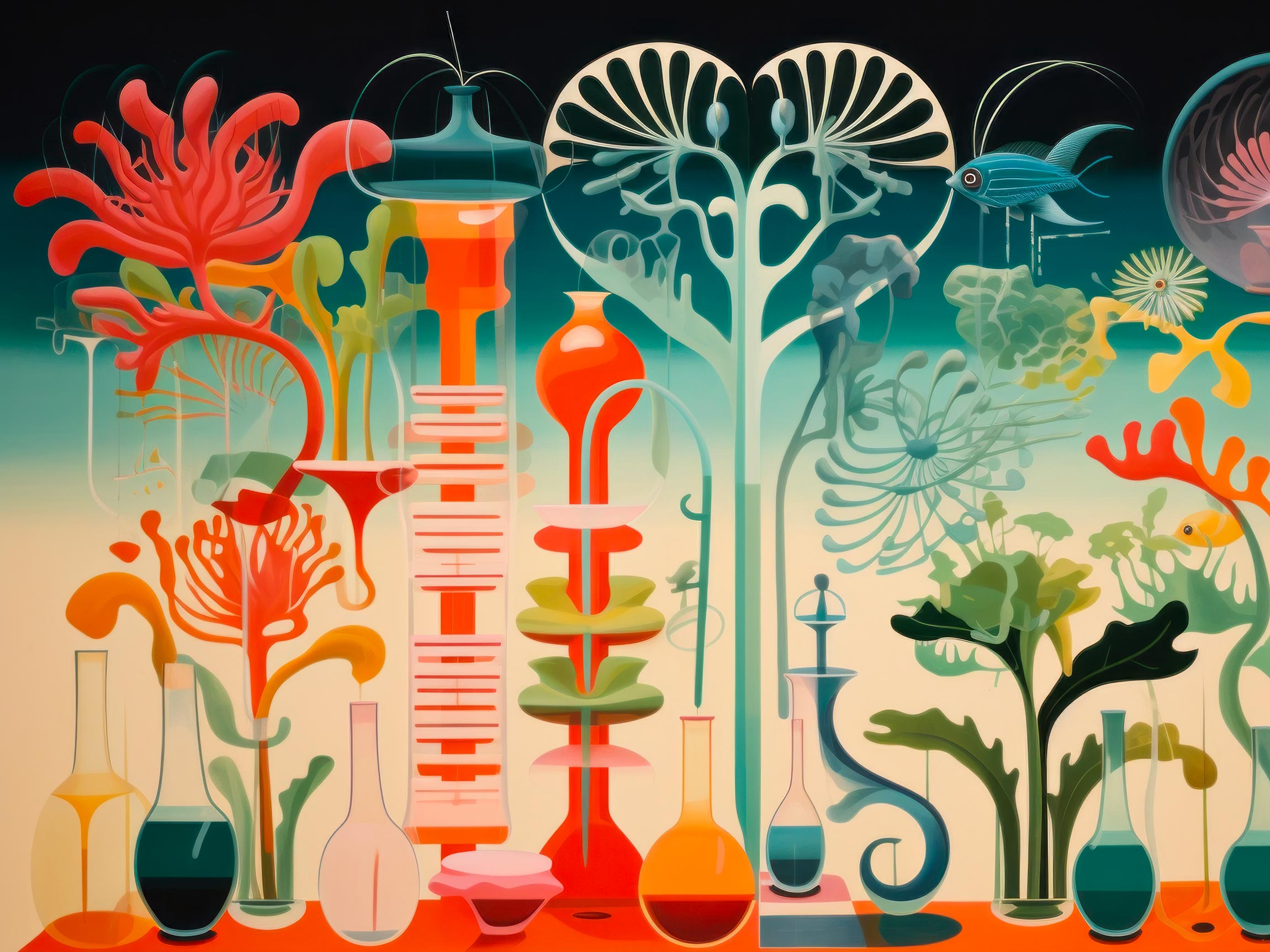At its core, BioArt is a unique fusion of biotechnology, artistic expression, and scientific inquiry. It is a genre that blurs the lines between the laboratory and the studio, merging the microscopic and the macroscopic, and bridging the gap between scientific exploration and artistic creation. The creations of BioArtists are often visually stunning, intellectually stimulating, and emotionally evocative, offering viewers a multidimensional experience that engages both the intellect and the senses.
Exploring the Origins
The roots of BioArt can be traced back to the latter half of the 20th century, a time of profound scientific advancements and cultural shifts. As scientists gained new insights into the molecular mechanisms of life and the genetic code, artists found themselves inspired by the beauty inherent in these intricate processes. This confluence of scientific discovery and artistic vision gave birth to a movement that sought to translate the complexities of biology into tangible and visually striking forms.
Breaking Boundaries and Challenging Norms
One of the defining characteristics of BioArt is its propensity to challenge conventional norms and perceptions. BioArtists often work at the cutting edge of scientific experimentation, utilizing biotechnological tools and techniques to create living artworks. Genetic manipulation, tissue engineering, and even the incorporation of living organisms become the artist’s palette, enabling them to explore themes such as identity, ethics, environmental issues, and the very nature of life itself.
Captivating Creations
Throughout the history of BioArt, numerous iconic pieces have captured the imagination of audiences around the world. Eduardo Kac’s “GFP Bunny” stands as a prime example, where the artist combined the genes of a jellyfish with that of a rabbit to create a fluorescent green rabbit named Alba. This living artwork ignited discussions about genetic engineering, ethics, and the implications of altering the natural world.
The “Victimless Leather” project by Oron Catts and Ionat Zurr takes BioArt into the realm of tissue engineering. This work involves growing living cells into a leather-like material, raising questions about our relationship with animals and the possibilities of lab-grown products.
Beyond Aesthetics: Provoking Thought and Dialogue
BioArt is more than just visually striking creations; it is a catalyst for profound reflection and discourse. Each piece serves as a conversation starter, inviting viewers to contemplate the ethical, societal, and existential implications of the scientific advancements that underpin the artworks. BioArtists often act as provocateurs, prompting us to confront our assumptions, biases, and preconceived notions about science, nature, and our role within the interconnected web of life.
BioArt and Scientific Communication
Perhaps one of the most compelling aspects of BioArt is its role in fostering a deeper understanding of science among the general public. Through its captivating visuals and thought-provoking concepts, BioArt has the power to bridge the gap between the often esoteric world of scientific research and the broader public consciousness. It provides a window into the groundbreaking discoveries and ethical dilemmas that scientists grapple with, sparking conversations that transcend disciplinary boundaries.
The Future of BioArt
As we venture further into the 21st century, BioArt continues to evolve and expand its horizons. Advances in biotechnology, genetic engineering, and digital media offer new avenues for artistic exploration. The boundaries between living organisms and technology blur, creating exciting opportunities for BioArtists to push the boundaries of creativity and innovation.


